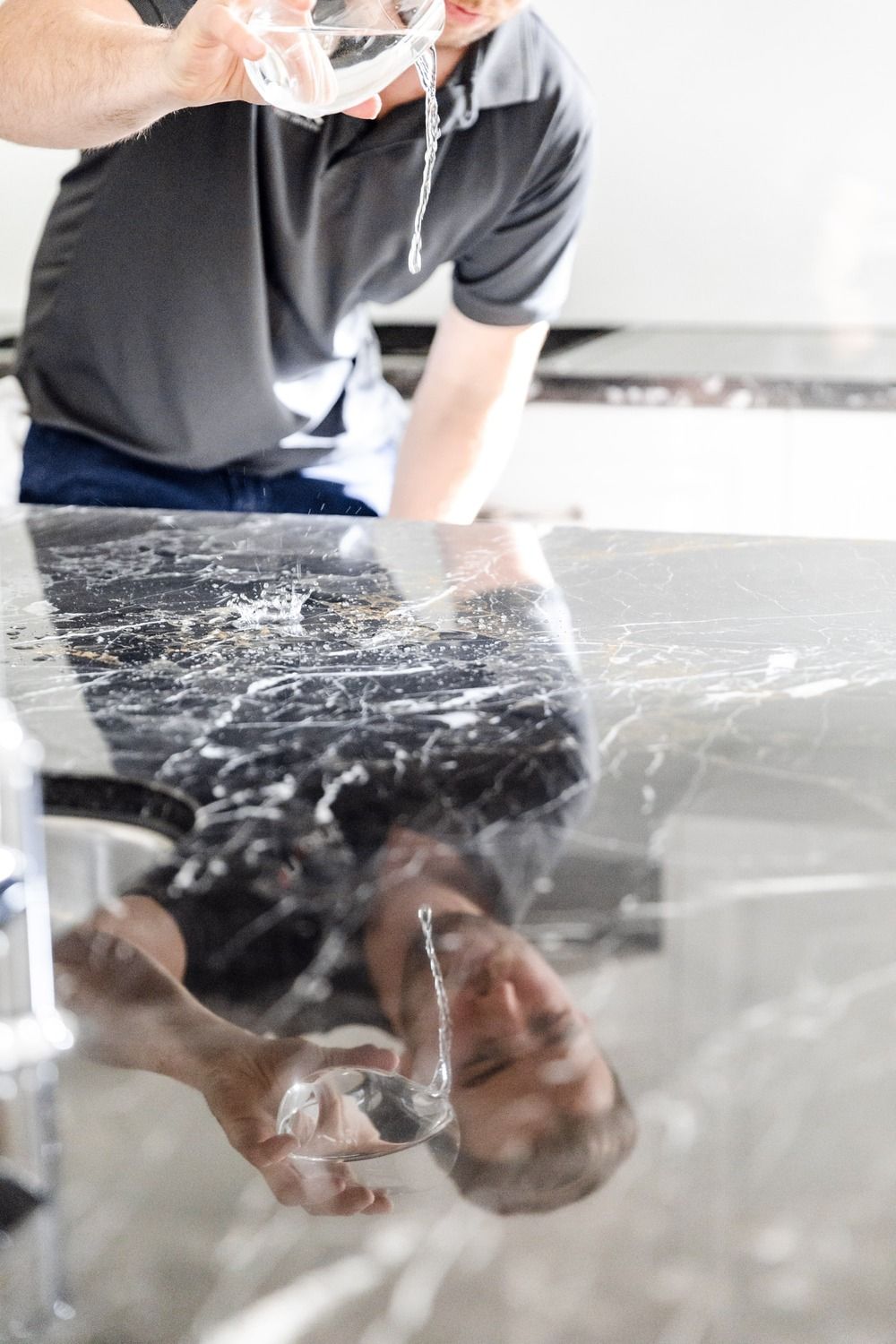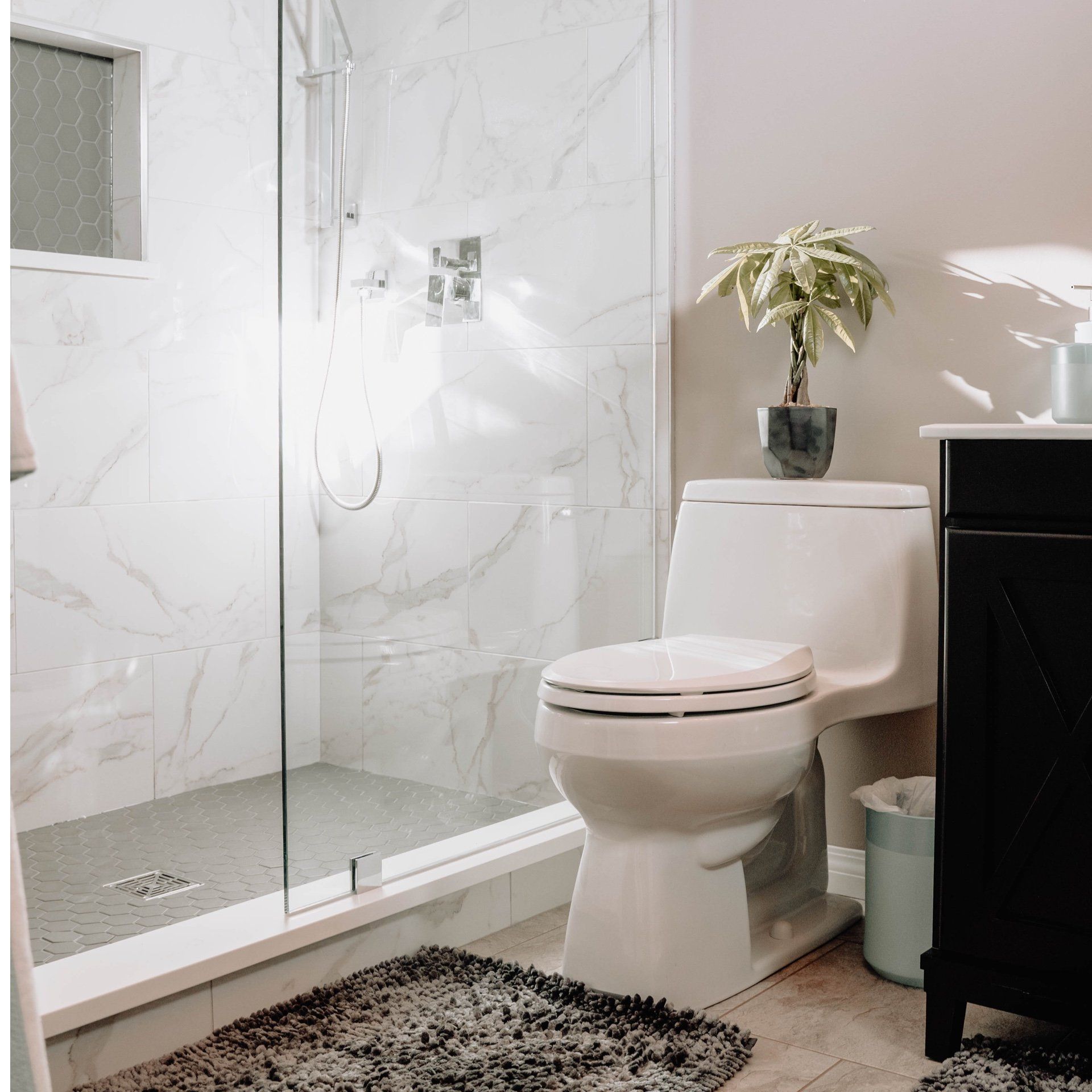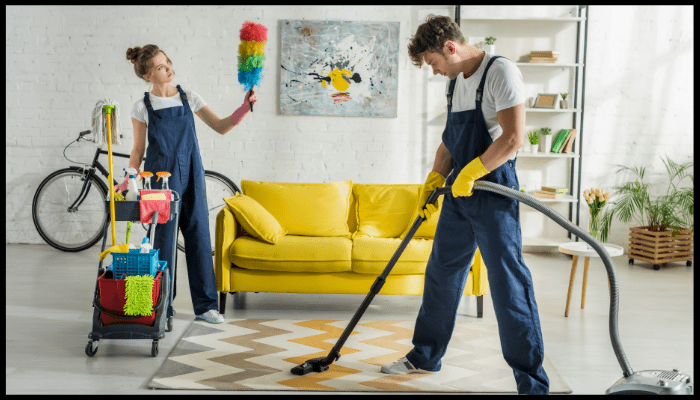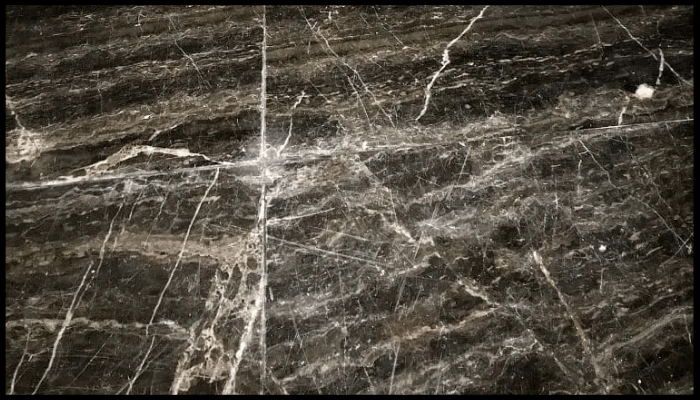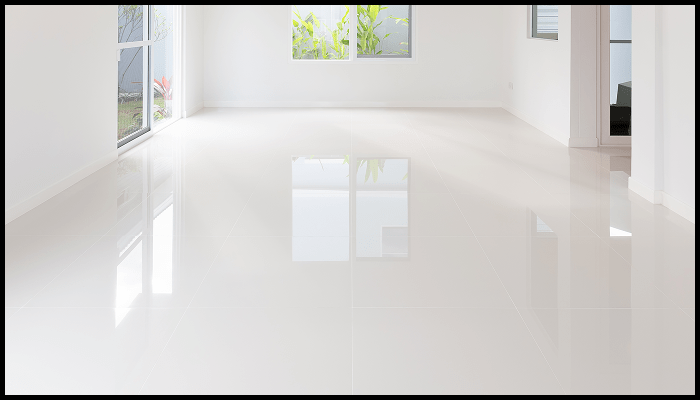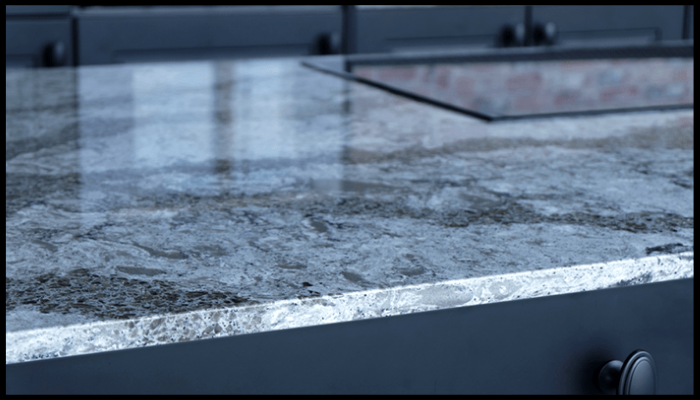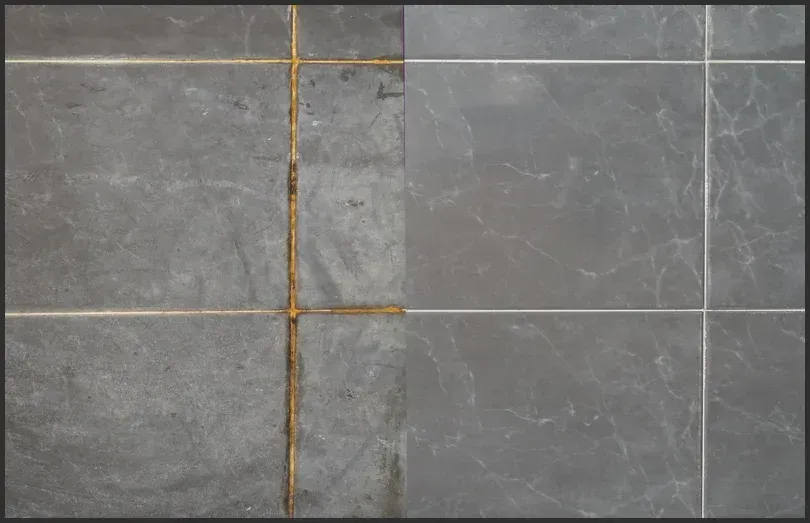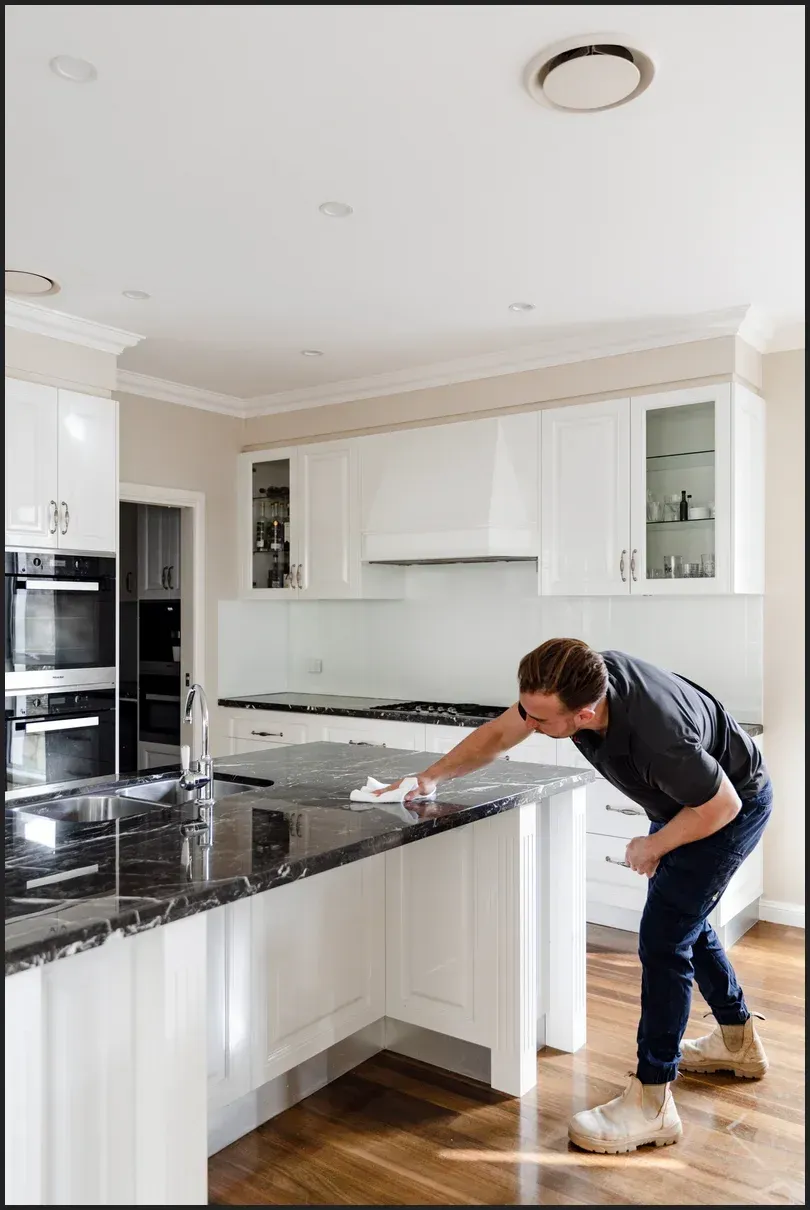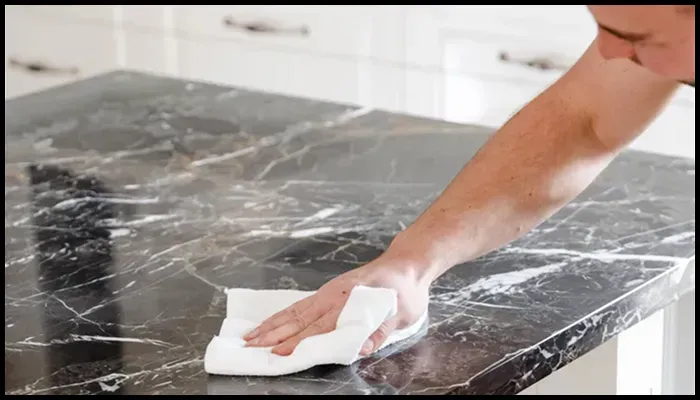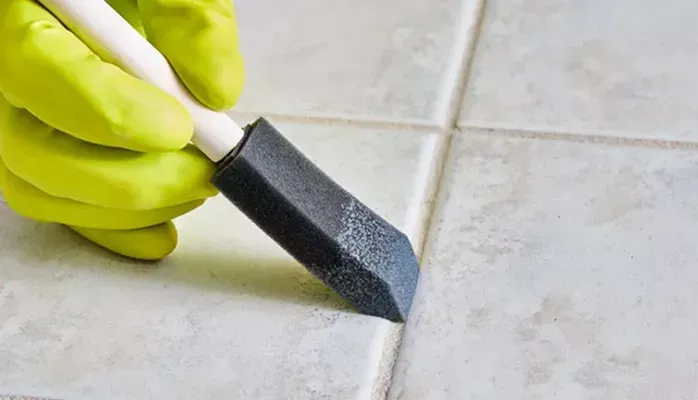Silica Risk in Stone
Understanding the Silica Risk in Stone: What Every Homeowner Should Know Post-Ban
Table of Contents:
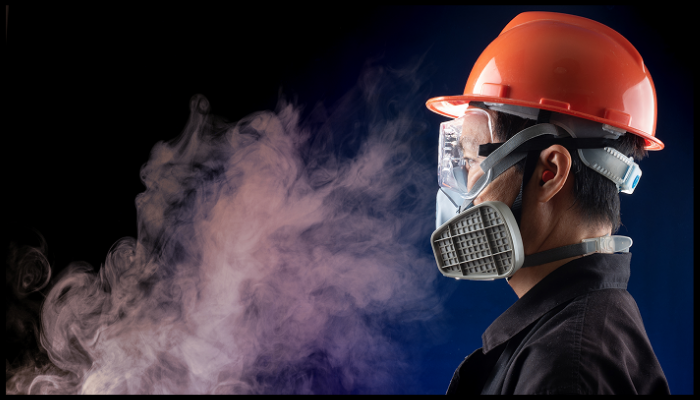
Over the last few years, many people have been concerned about the health dangers of silica dust. This has prompted significant transformations in Australian construction and renovation. An example of this change is that the use of engineered stone benchtops is now prohibited since they release dangerous silica dust.
As a homeowner, it's very important for you to be aware of such dangers and how they impact your choices in materials as well as renovations generally. We are going to deep dive into this topic further through this article.
What Is Silica and Why Is It a Concern?
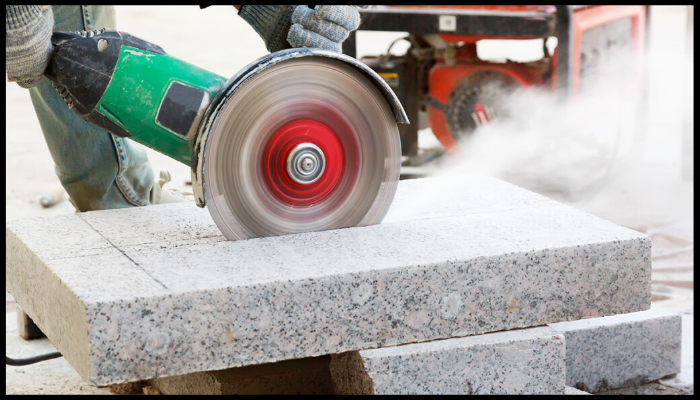
Silicon dioxide, otherwise known as silica, is a mineral found in certain types of rocks and in stone products ranging from engineered stone to granite and sandstone.
When these stonerange products are processed in such a way as to involve cutting, drilling, or grinding, they can emit tiny lethal dust particles into the atmosphere. More importantly, these particles are in a size that can be breathed deep into the lungs.
Health Risks Associated with Silica Dust Exposure

Breathing in small pieces of crystalline silica can lead to numerous severe health issues, such as:
• Silicosis: An illness that occurs due to inhaling dust that contains silica. It causes scarring of the lung tissue, which prevents the lungs from functioning properly.
• Lung Cancer: Long-term exposure to it increases the risk of getting lung cancer. According to the
Cancer Council, there is a well-documented
link between silica dust and lung cancer, particularly in occupational settings.
• COPD (Chronic Obstructive Pulmonary Disease): Refers to a collection of diseases that result in difficult breathing and complicate airflow.
• Kidney Disease: Research indicates that chronic kidney disease is related to silica exposure.
These incidents demonstrate the dangers of exposure to large doses of silica dust, particularly in the building industry.
The Engineered Stone Ban in Australia
Because of the many health risks, Australia has instituted a prohibition against the use of engineered stone that contains 1% or more crystalline silica. This move is intended to effectuate a protective shield around workers and homeowners who may be threatened with harmful exposure to silica dust.
In December of 2023, WHS ministers from across Australia agreed upon the recommendation that Safe Work Australia had put forth for this ban. On 1 July 2024, it became officially illegal under Australian law to manufacture, supply, process, or install engineered stone benchtops, panels, or slabs, following the engineered stone ban in Australia enacted by the federal government.
How Homeowners Are Affected
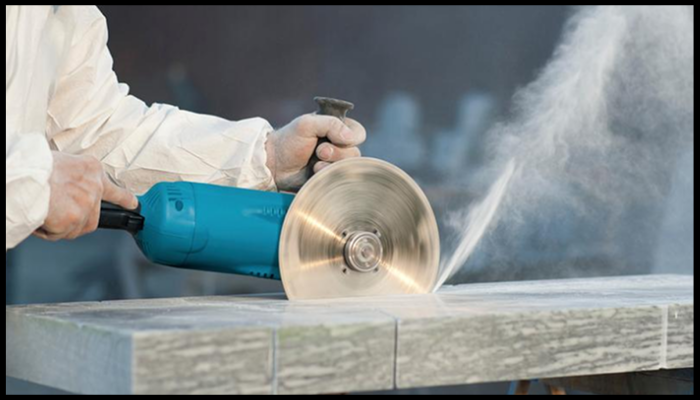
If you have existing engineered stone benchtops or other installations in your home, it's essential to understand that they pose no risk as long as they remain undisturbed. But any
stone restoration services
or work you do to modify, repair, or remove those installations can kick up dangerous silica dust.
And those activities are, by the way, considered high-risk work and must be managed with care. You need to know the safe workplace exposure standard for respirable crystalline silica, which is 0.05 mg/m³, for an average eight-hour workday, as recommended by Safe Work Australia.
Safety Measures for Homeowners
To reduce the risk of silica dust exposure while doing renovation work around the house or carrying out any housekeeping activity, ensure you follow these steps:
• Water cutting techniques: Water can significantly reduce the dust generated during cutting or drilling.
• Local Exhaust Ventilation: Proper ventilation systems assist in removing dust from the air directly where it is generated.
• Personal Protective Equipment (PPE): Ensure workers use proper PPE, such as masks, to prevent the inhalation of dust.
• Recruit Specialists: Engage labourers who are skilled at properly handling and disposing of materials that contain silica. For clear engineered stone safety guidelines, homeowners can refer to WorkSafe Victoria’s recommendations to ensure safe renovation practices.
• Be cautious of
products that can damage stone surfaces
to maintain the integrity and safety of your stone installations.
These safety guidelines should be adhered to so that the safety of workers' and residents' health can be protected. Additionally, using appropriate Stone Cleaning Products for Homeowners can help reduce buildup and support safe maintenance.
Health Monitoring and Consultation

People who might be exposed to silica dust need to keep a close watch on their health. They should see a doctor regularly and get the kinds of tests that can spot problems with the lungs before they get serious, such as chest X-rays. This can help identify if their health is being affected by the silica dust long before it becomes life-threatening.
Safe Work Australia has detailed information about this that it makes available to the public, which emphasises the early detection of any problems and makes intervention.
Choosing Safer Alternatives

Homeowners are urged to explore safer alternatives in the wake of the engineered stone ban. Natural stone materials, laminate, and a variety of other construction materials allow for the same beautiful, functional spaces that engineered stone does.
Learning about the
benefits of sealing stone floors
is also important when choosing safer materials, as it can enhance durability and reduce exposure to harmful particles. They are also less dangerous and much more friendly to human health.
In A Nutshell
If you are looking to renovate your kitchen or are focused on
restoring stone surfaces, you should be aware of the dangers to your health that are caused by using materials containing silica.
On Point Property Services' staff understands how to work with natural stone properly and stick to the latest regulations that are in place in Australia.
If you employ professionals who are up to date on the newest methods of safety, such as wet cutting, local exhaust ventilation, and adherence to workplace exposure guidelines, you are protecting your house, and you are protecting yourself, too, along with your workers' health.
If you find yourself located in or around Canberra and require assistance with cleaning, repairing, or maintaining your stone surfaces, then contact On Point Property Services today to get safe, professional assistance, with safety first in mind.
Frequently Asked Questions
What is respirable crystalline silica, and why is it dangerous?
Crystalline silica that can be inhaled refers to the very small silica particles. These particles are dangerous because they can push deep down into the lung tissue and cause diseases like lung cancer, silicosis, and other respiratory diseases.
How can I identify materials in my home that contain silica?
Cement products, roof tiles, and certain types of stone slabs often contain silica. To determine the silica content, it can be pretty helpful to review the safety data sheet that comes with the material or to speak with a professional.
Are there specific safety regulations for working with silica-containing materials?
Yes, Safe Work Australia and other regulatory agencies have set up WHS Regulations and Codes of Practice to control risks linked with crystalline silica materials. These regulations dictate indispensable safety precautions, including engineering controls, air monitoring, and the use of personal protective equipment.
What steps should be taken if modification of existing engineered stone is necessary?
If unavoidable changes occur, then use wet cutting methods, ensure proper local exhaust ventilation, monitor the air quality, and use the proper respiratory protection. It is highly recommended to use professionals specifically skilled at handling materials that contain silica.
How often should health monitoring be conducted for individuals exposed to silica dust?
Workers with high exposure to silica should have regular monitoring of their health, as advised by a medical practitioner. Monitoring should be more consistent for workers in areas of high silica concentration (arena) or intense mining activity (time period).
The medical suite will include lung function tests, chest X-rays, and other additional tests required.
What is the difference between artificial stone and natural stone in terms of silica dust risk?
Engineered stone, which is sometimes known as artificial stone, can include much higher concentrations of crystalline silica exposure—above 90 per cent, at times—and thus poses a significant risk whenever it is drilled or cut.
Natural stone products such as granite and marble contain lower concentrations of silica; so, with proper handling and safety precautions, they produce much less silica dust.
What are engineering controls, and how do they reduce the risk of silica exposure?
Engineering controls include physical changes to a work activity or environment to reduce the creation of dust and minimise exposure.
Examples include wet cutting, local exhaust ventilation, and suppression systems, which constitute this category of controls.
These controls are found to be very effective in lowering the levels of airborne respirable crystalline silica concentrations.
What are the symptoms of chronic silicosis?
Chronic silicosis follows long-term exposure to silica dust, usually over a period of 10 or more years. Individuals may experience several effects:
- Shortness of breath
- Chest pain
- Cough
- Fatigue
But these effects are not all symptoms, are often mild, and progress slowly. Nonetheless, monitoring the individual's health on a regular basis is important.
What types of jobs are most at risk of silica dust exposure?
Construction industry workers, particularly those who cut, grind, or polish stone products, are at the highest risk.
Besides, workers in engineered stone, stonemasonry, and related fields could also be significantly exposed to hazardous silica levels—if, for example, their workplace lacks proper dust controls—when mixing cement, working with concrete, or doing other silica-containing tasks.
Can minor modifications to stone surfaces still cause harm?
Yes. Any minor change, such as drilling a hole in an engineered stone countertop, can release high amounts of tiny silica particles if not properly done. This is the reason why activities like dry cutting are prohibited or strictly limited by safety measures.
What is the Code of Practice, and how does it relate to silica safety?
The Code of Practice gives help to businesses and workers so they can manage the exposures they have to hazardous chemicals, like crystalline silica. It states what must be done (mandatory controls) and what is best practice (including the use of PPE, engineering controls, and dust control procedures) to minimise those exposures.
Where can I find further information on silica risks and safe handling?
Homeowners and workers must take into account Safe Work Australia, the WHS Regulations of the ACT Government, and the Safety Minister's office for detailed information. These supply information on how to safely deal with silica-containing materials and outline your responsibilities under Australian safety law.
